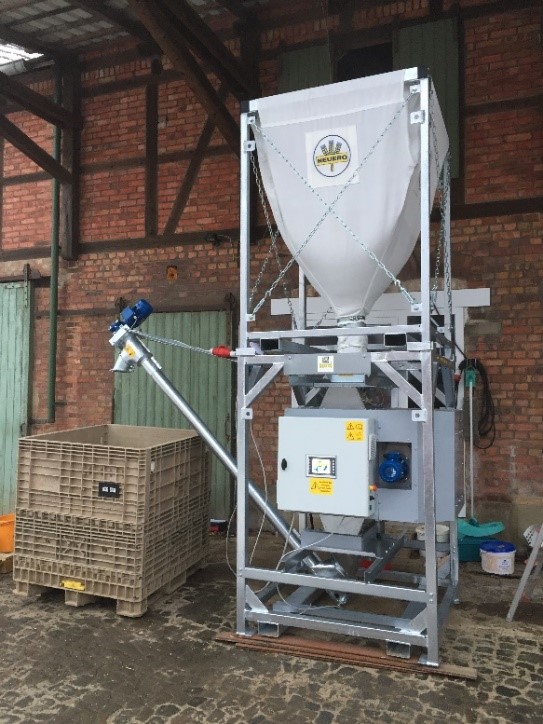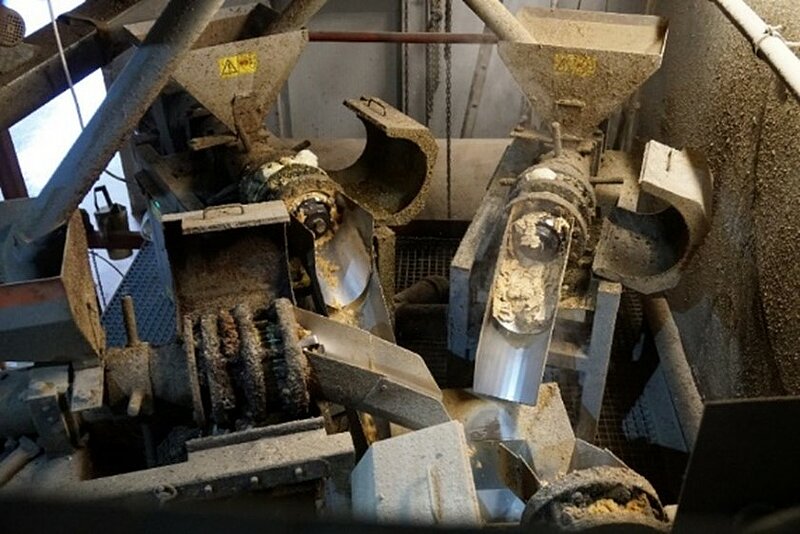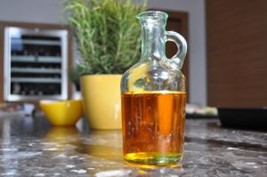Guide for farms to plan small scale soya bean processing equipment
Problem
Soya beans are rich in proteins but also contain anti-nutritive substances, which require processing prior to feeding to pigs or poultry. Designing an adequate processing system for a farm is challenging because a range of factors need to be considered together: profitability, time efforts, needs of livestock, and consumers.
Solution
Various technological design solutions exist for on-farm processing systems and are adaptable according to a farm’s needs.
Benefits
Using processing equipment for home-grown soya beans can increase and retain the value created on the farm.
Applicability box
Geographical coverage
For all livestock farms which have access to region-ally grown soya beans
Application time
Any time
Required time
Processing time varies. It is usually less than 1 hour.
Period of impact
Any time; before purchasing equipment
Equipment
Special equipment is needed to process soya beans into feed.
Best in
Livestock farms within proximity to soya production
Practical Recommendations
The core of the processing facility is equipment which serves the purpose to convert raw soya beans into a digestible form via heat treatment. The required processing can be achieved through different technological procedures (see overview in Table 1).
First step: Economic assessment
- Is the consumption of soya products on my farm sufficient to achieve a return on investment within a reasonable period? A reference example for on-farm soya bean processing infrastructure in Austria and Germany are farms operating with an annual consumption of minimum 70-100 tons of soya beans. For organic farms, profitability can start around 50 tons per year already
- Conduct a cost-benefit calculation for the whole processing equipment system. Cost factors to be included: depreciation of the equipment, energy costs per unit of output, maintenance costs per unit of output unit and time efforts for maintenance, processing and supervision. When processing equipment is operating only in small batches and with many breaks, the machinery is operating on a below average efficiency. Full energy efficiency as listed by the manufacturer might not be achieved. It is like driving a car. Stop and go traffic is less efficient than a continuous drive. Economic benefit factors: market value of the derived product. The market price for soya feed products can vary significantly over the year. The premium for soya products in non-GM quality ranges in Central Europe from 60-110 EUR during the last years.
- If a depreciation calculation is not satisfying due to a too small number of operating hours per year, the subsequent follow-up actions can be considered:
- Implementing the processing facility as a joint project with neighbouring farms
- Offering processing as a service for others. This can be done either through stationary or mobile solutions.
- Reconsidering the decision for investing in soya bean processing equipment
- If soya bean processing equipment is used for others as a service, the general legal framework and possible additional requirements of certification schemes must be considered.
Table 1: Selection of manufacturers of processing technology for soya beans. This list covers equipment which is already used by farmers in Central Europe. Links to websites are in ‘Further Information’.
Company name, brand | Based | Brief notes on applied procedure |
EST, Ecotoast | AT | Throughput performance: approximately 100 - 1000 kg/h Heat treatment for about 40 min* in a container by a hot air fan with recirculated processing air to increase energy efficiency; see photo 1 |
FARMET, FE-series | CZ | Throughput performance: approximately 100 – 4000 kg/h Heat treatment for about 30 sec* through a press screw generates a temperature of 130 degrees under high pressures (extrusion), see photo 2 |
OIL PRESS, KKT-series | DE | Throughput performance: approximately 100 - 300 kg/h. Heat treatment for about 20 - 25 min* in a tube by flowing on heat exchange plates. |
MECMAR, T-series | IT | Throughput performance: approximately 400 - 6000 kg/h Heat treatment in a container by a hot air fan for about 100 seconds |
CIMBRIA, Dantoaster | DK | Throughput performance: approximately 9 tons/h Heat treatment in a container for < 10 min by infra-red radiation |
FLORAPOWER Thermo-Major series | DE | Throughput performance: approximately 1000 kg/h Soya beans are moved on conveying screws. Very uniform heat treatment for about 30 - 40 min* through heating screws. |
STRECKEL-SCHRADER DWS series | DE | Throughput performance: approximately 3000 – 5000 kg/h Very uniform heat treatment for about 20 - 30 min* by steam |
*processing time can differ slightly. Time settings are for example adjusted to moisture content.
Complementary notes to Table 1
- Proper cleaning of soya beans before heat treating is a must.
- Additional pre-conditioning of beans such as moistening, peeling or splitting might be recommended by manufacturers to obtain a better processing performance.
- Availability of technical support by region and language is important for setup, maintenance and handling.
- Comparing processing temperatures among manufacturers can be challenging. Most relevant is the temperature in the core of the bean, but this value can be only estimated. Equally important is that the heat treatment is applied evenly.
- The possibility to manually adjust processing parameters is particularly important if batches of very different qualities are expected.
- Balance of investment and degree of process automatization and effort for supervision.
Oil presses and additional coolers are optional tools and are commonly used
Second step: When is an oil press advisable?
Using an oil press can reduce the oil content from about 20% in the raw soya bean to approximately 10%. The derived product is called soya bean cake (see photo 3 and 4). Using an oil press allows producers to respond to a diversity of customer needs: soya bean cake stores better and is easier to include in rations than full-fat soya beans.
A further advantage of pressing soya beans is that the resulting oil can be marketed. Possible applications are as feed or as a raw material in the food industry. It is common to sell soya bean oil in bottles for use in the kitchen, see photo 5. Cold pressed soya bean oil is suitable for frying or baking. It contains a high proportion of healthy polyunsaturated omega 3 fatty acids.
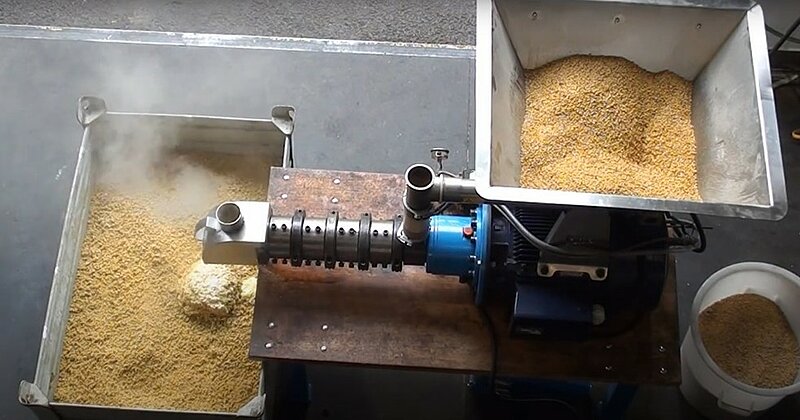
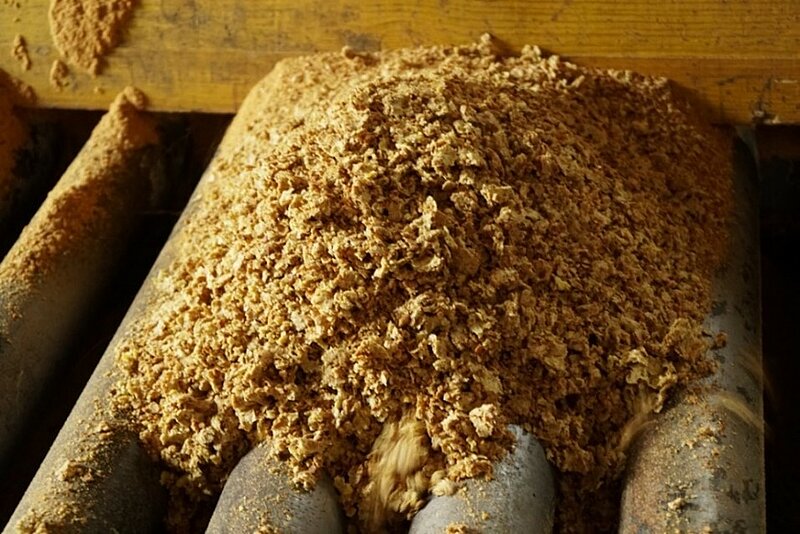
Further information
Reading
- Organic Farm Knowledge provides access to further literature: Soya processing technology, FiBL Germany, 2014.
- EST GmbH, www.sojatoaster.com
- Farmet, www.farmet.cz/en
- Oil press, www.oelpresse.de
- Mecmar, www.mecmargroup.com/en
- CIMBRIA, www.cimbria.com
- Florapower, www.florapower.de
- Steckel-Schrader, www.streckel-schrader.com
- Rainer and Jürgen Möhler, mobile toasting technology, www.sojatoasten.de
- Schnupp’s Grain Roasting, www.roast-a-matic.com
- Roastec Forced Convection Roasting, www.roastech.com
- Dilts-Wetzel Manufacturing Co., www.diltswetzel.com
About this practice abstract and OK-Net EcoFeed
Publishers:Verein Donau Soja,
AT1010Wien,
Phone +43 1 512 17 44 10,
office@donausoja.org,
www.donausoja.orgResearch Institute of Organic Agriculture (FiBL),
CH5070Frick,
Phone +41 62 865 72 72,
info.suisse@fibl.org,
www.fibl.orgIFOAM Organics Europe,
BE1000Brussels,
Phone +32 2 280 12 23,
www.organicseurope.bio,
www.organicseurope.bio
Review: Lauren Dietenmann, FiBL, Lindsay Whistance, ORC
Contact: rittler@donausoja.org
Permalink: https://organic-farmknowledge.org/tool/38314
https://orgprints.org/view/projects/OKNetEcoFeed.html
This practice abstract was elaborated in the Organic Knowledge Network on Monogastric Animal Feed project. The project is running from January 2018 to December 2020. The overall aim of OKNet EcoFeed is to help farmers, breeders and the organic feed processing industry in achieving the goal of 100% use of organic and regional feed for monogastrics.
Project website: https://ok-net-ecofeed.eu/
IFOAM Organics Europe (project coordinator), BE; Aarhus University (ICROFS), DK; Organic Research Centre (ORC), UK; Institut Technique de l'Agriculture Biologique (ITAB), FR; Research Institute of Organic Agriculture (FiBL), CH; Bioland, DE; Associazione Italiana perl'Agricoltura Biologica (AIAB), IT; Donau Soja DS, AT; Swedish University of Agricultural Sciences, SE; ECOVALIA, ES; Soil Association, UK.

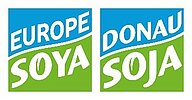

This project has received funding from the European Union’s Horizon 2020 research and innovation programme under grant agreement No 773911. This communication only reflects the author’s view. The Research Executive Agency is not responsible for any use that may be made of the information provided. The authors and editors do not assume responsibility or liability for any possible factual inaccuracies or damage resulting from the application of the recommendations in this practice abstract
